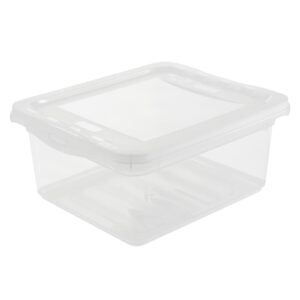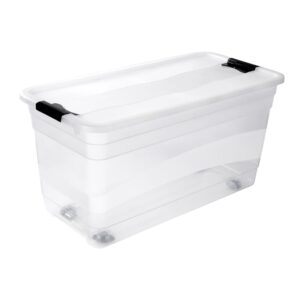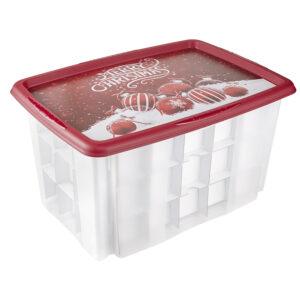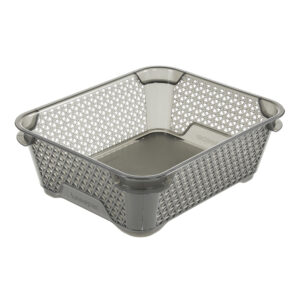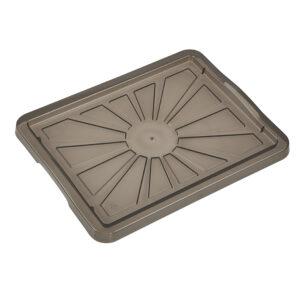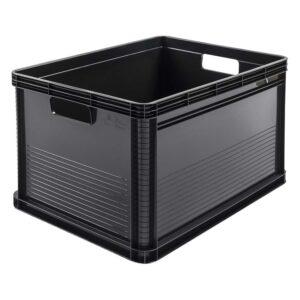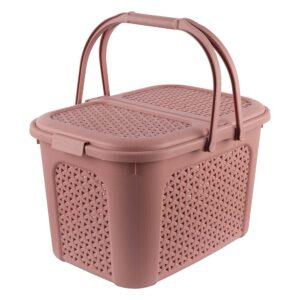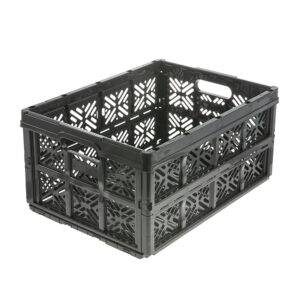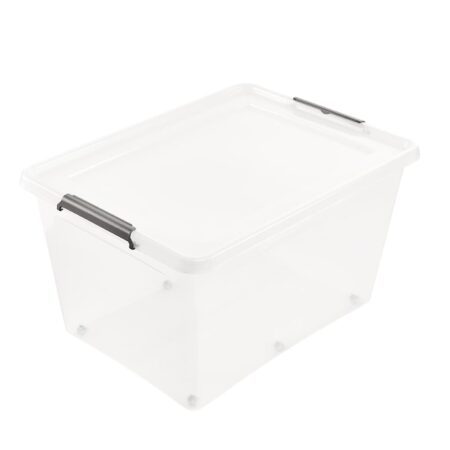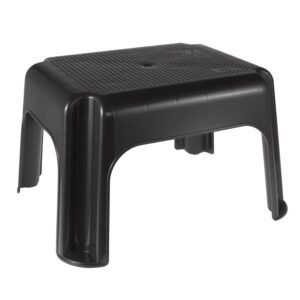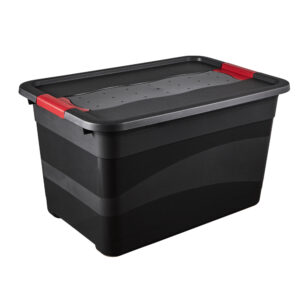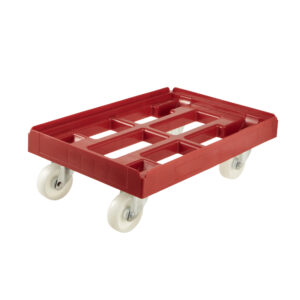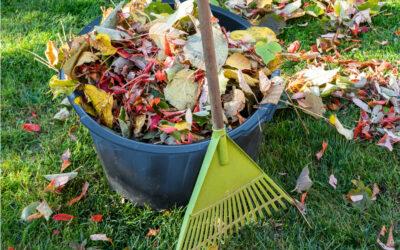In the spring, it seems as if nature is just waiting for someone to give the signal for the gardening season to begin. Garden owners suddenly have so much to do: they have to look after the first spring flowers, get their seeds ready and restore their potted plants to their former glory.
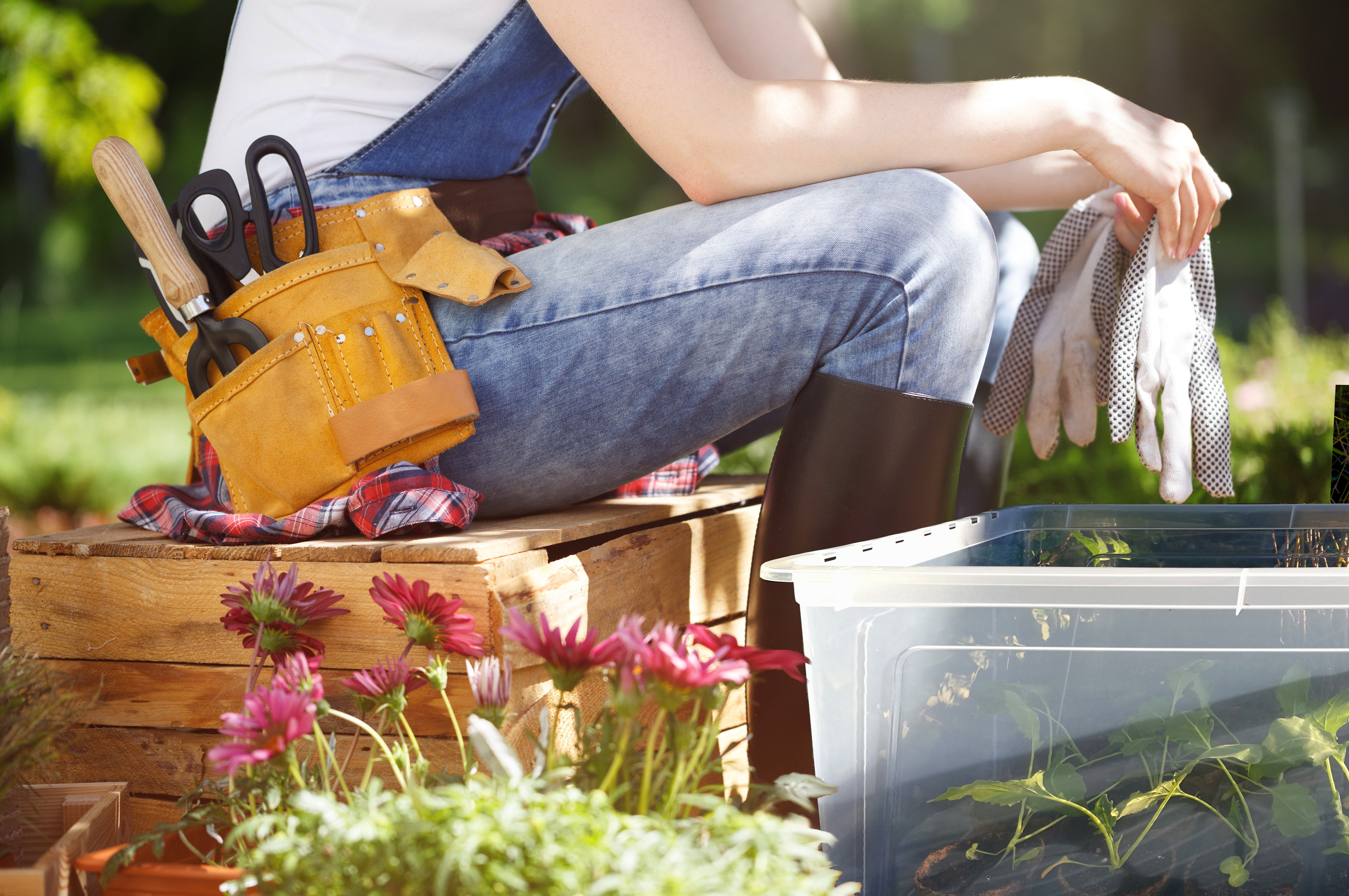
(iStock/KatarzynaBialasiewicz)
We tell you what gardening jobs to tackle in the spring to ensure that your garden becomes a springtime paradise.
important gardening jobs to tackle in spring:
cut back perennials
- By mid- to late March, the time has come to cut back the old, withered stalks of perennials and grasses in order to make way for the fresh shoots that will soon start to appear. This has to be done particularly carefully in the case of perennials as some of them will already be shooting; take care not to damage any of the fresh shoots.
- It may also be a good idea to divide your perennials, as clumping perennials tend to become patchy and flower less vigorously once they have become too old. If your perennials show signs of ageing, you should carefully lift them, divide them and replant a rejuvenated piece
loosen the soil
- The soil frequently becomes compacted over the winter. Moss in a flower bed is often a sign of compacted soil. You should loosen the soil with a rake.
dig fertiliser and mulch into flower beds
- To turn your garden into a sea of glorious flowers at the start of the season in spring, your plants not only need water and light but also nutrients, of course. The soil will mostly not contain enough nitrogen, potassium, phosphor, magnesium, calcium and sulphur. Care should be taken with young plants, as they usually do not need additional fertiliser.
- Mulching creates a healthy soil climate: the soil retains its moisture, the wind can’t dry the soil out and it will take longer for water to evaporate. Rainwater, on the other hand, will be absorbed by the soil and won’t wash it away. The protective layer also acts like a warm blanket and can therefore make your plants grow faster and prevent weeds. Mulching fruit and vegetable plants, which prefer warm soil, can even increase the yield.
sowing seeds in a mini greenhouse
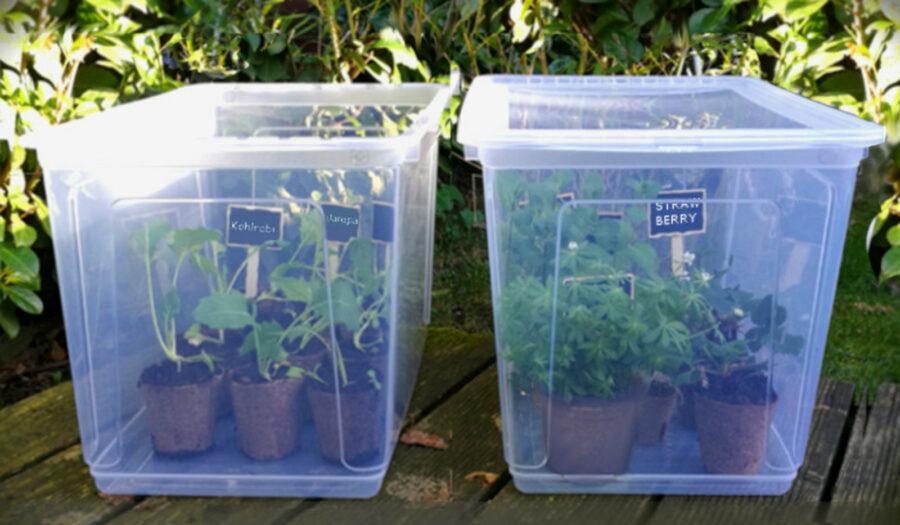
the mini greenhouse “bea” offers the advantage that it protects the seedlings and that they can easily be carried back indoors or into the garage if there is a risk of frost.
- Now is the perfect time for early propagation in pots if you want to be able to enjoy colourful annual summer flowers or vegetables later on in the year, as there are still a few weeks to go before it will be warm enough to plant the tender seedlings directly where they are to grow outside. The advantage of our greenhouse is that it protects the seedlings and that they can easily be carried back indoors or into the garage if there is a risk of frost.
- Our transparent box “bea” (which holds around 30 litres) is ideal for use as a “mini greenhouse”. Use biodegradable propagation pots filled with seed compost; plant one or two seeds into each (as described in the instructions), then place the pots inside the transparent box. Leave the box with the planted seeds indoors for a few days. Once the first shoots appear, you can put the box out into the garden with the lid on (and the air vents open). The right climate is particular important for the germination process as the seeds need sufficient moisture and must not dry out. Check the seed compost regularly and water it, if necessary. You should also make sure that you take the transparent box indoors if there is a risk of frost.
transferring your seedlings to the garden
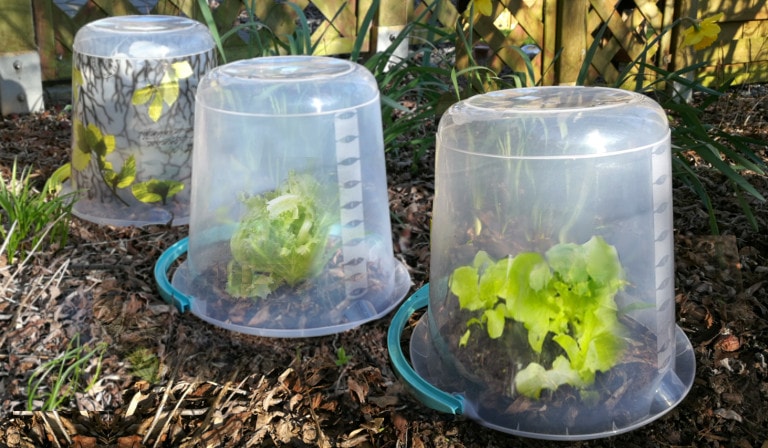
a cloche protects the seedlings from pests, cold & rain
Once the seedlings are five to seven centimetres high, you can transfer them to the flower or vegetable bed. Cover them with cloches to protect them from the cold, showers and slugs. Our transparent bucket “mika” is an affordable way to create a cloche. Simply drill some holes into the walls and bottom of the bucket to let a little rainwater inside and to allow the air to circulate.
diy tip: how to keep your gardening tools clean, rust free and sharp
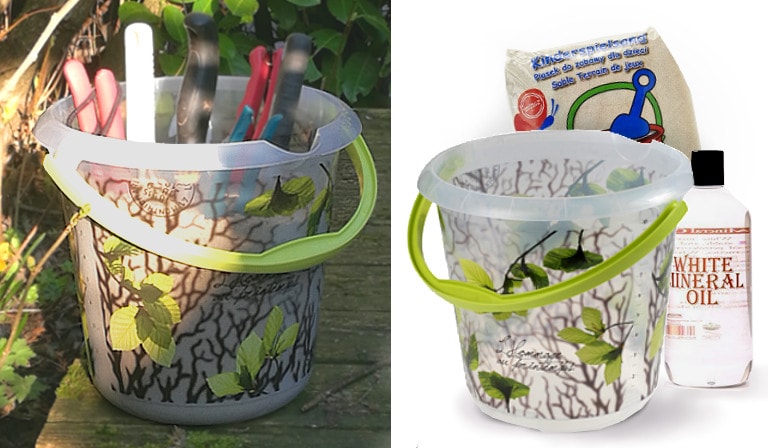
DIY tip: self-cleaning and -sharpening garden tool holder
Keep your garden hand tools sharp and rust free by storing them in a sand-filled bucket (here our bucket “ilvie“) and adding some mineral oil to the sand. This will keep them oiled and also sharpen them at the same time, which saves you a lot of work and keeps your garden hand tools in good condition.
Keep on gardening!

